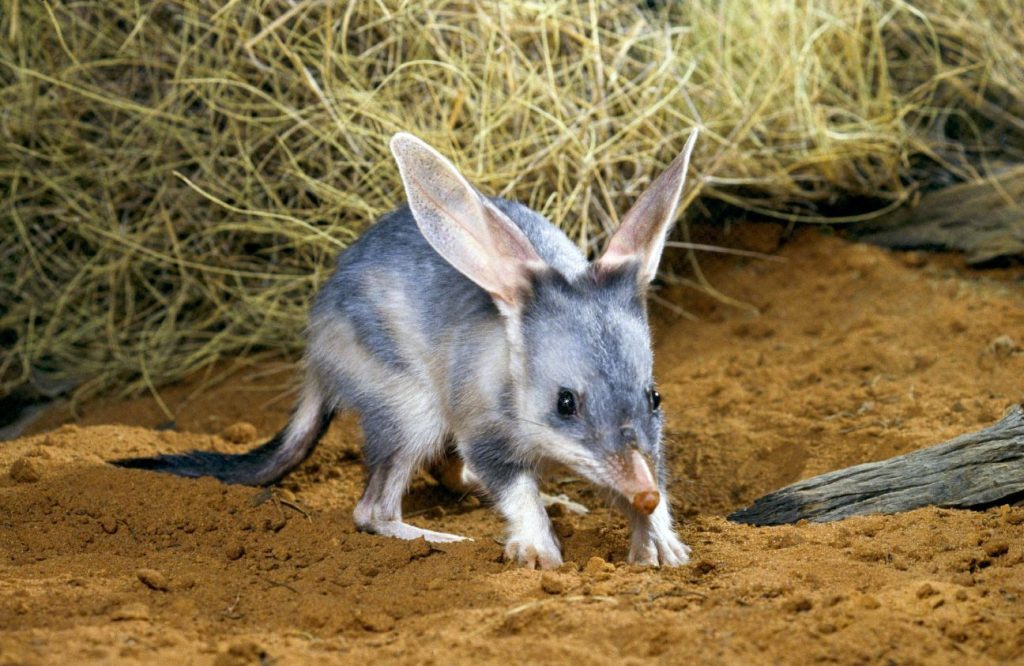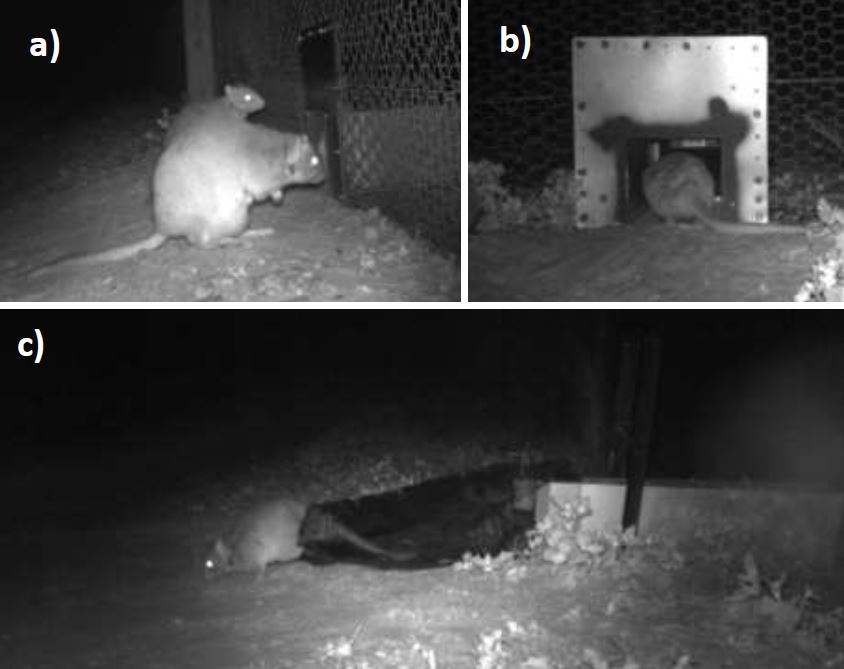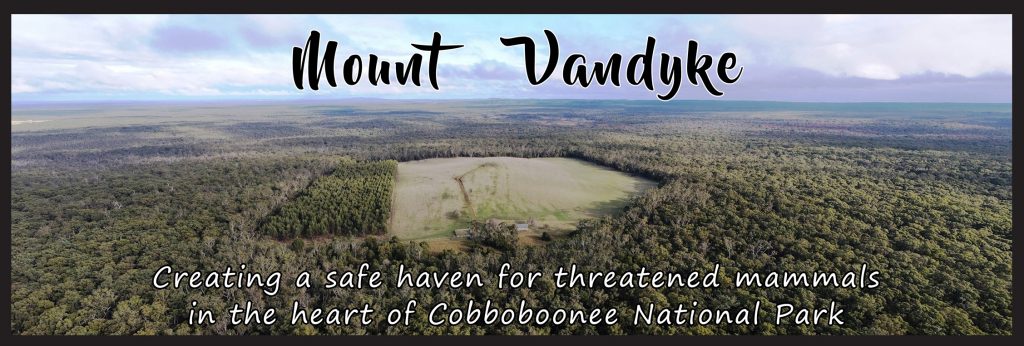Conservation Fences Part 3: Bilbies in Queensland provide a fresh example of ‘leakiness’ of a predator proof fence, and explaining the ‘halo effect’

Given the ongoing conversation we’ve been having about things like threatened mainland fauna, the new NGT project at Mt Vandyke and conservation fences, an interesting story from south-west Queensland late last year grabbed my attention.
In this ABC News article, we heard about a bilby (or possibly two) being spotted outside of the predator-proof conservation fence in Currawinya National Park.
Although the long-term fate of animals that find their way into the surrounding landscape around conservation fences can be uncertain (depending on habitat type, predation rates by feral species and how well threats can be managed in the zone outside the fence), this process of ‘leakage’ has long been observed around predator proof enclosures around the world. There is even a term to describe it – the ‘halo effect’.
To learn more about the halo effect, its potential role in conservation of threatened species and the ways in which it can influence how we think about fence design, this short overview may assist.

From: Agarwal, K. (2019) Will Halos Be the Saviour of Australia’s Endangered Mammals?. Queensland University of Technology..
The ‘halo’ is simply the zone around the fence that some individuals are capable of ‘leaking’ into – depending on fence design and the physical characteristics (e.g. size, climbing and jumping ability) of the animal species inside the fence. For some species the rate of leakage into, and a degree of persistence within this zone, may facilitate a species to effectively return to a wider landscape beyond the fence, as the fenced population continues to supplement that wider population over time.
In the case of the bilbies in the story above and in many other examples, this effect is an unintended consequence of healthy reintroduced animal populations building up inside a fenced area, looking to expand into new territories – be that animals somehow squeezing through the mesh (for the young of some species) or sufficiently mobile or exploratory animals finding a way to go over the top.
[Note: Of course in the case of birds it is simply a matter of flying out, as has been reported in New Zealand and also in Australia with the successful reintroduction of a breeding population of Bush Stone-Curlews within Mulligans Flat Woodland Sanctuary.]

Image from: Butler, K. (2016). Testing a simple solution to overabundance. University of Adelaide.
For ground-dwelling mammals, the halo effect can also be deliberately created in an attempt to control or enhance the rate of leakage through fence design (e.g. mesh size) or the installation of one-way gates. The latter allows adult populations inside of conservation fences some opportunity to self-regulate (due to usual absence of native predators inside the fence too) as a way of preventing over-population and habitat damage inside the conservation fence. For an example of this principle, please see this scientific paper and the image shown of a one-way gate for burrowing bettongs installed in the Arid Recovery conservation fence.
So what does all this mean for NGT’s soon-to-be constructed fence at Mt Vandyke?
Mt Vandyke provides a chance for us to also begin thinking about the concept of ‘leakage’ in an additional way, given its small size but strategic geographic position within a much wider conservation landscape (which is subject to the Glenelg Ark fox control program).
As well as the obvious potential for either an incidental or deliberately managed halo effect of wildlife leakage into the immediately surrounding bushland environment, we are also discussing and thinking through the possibilities of using the site as a staging point for wider animal releases into Lower Glenelg and Cobboboonee National Parks. The value of this approach is that animals which may be bred in facilities elsewhere but required for targeted genetic supplementation of locally threatened populations of mammals still persisting in the wild (e.g. the Southern Brown Bandicoot), can then be locally acclimatised ahead of later, staged, wild releases. In this way, genetic ‘leakage’ into the environment might also be a practice that we help facilitate over a much wider area than is possible if simply relying on natural animal movement alone.
As you have probably gathered, we’re maintaining an open mind about the best future uses of the new NGT reserve at Mt Vandyke – which could be multiple and will likely evolve over time – and will keep you informed as these important plans progress. Our simple goal is to make the site as valuable to conservation as we possibly can, through contributing to any small mammal recovery activities that benefit the wider landscape. And of course, now that the property purchase costs were recently paid off, we’ll be in touch again soon with an update on the progress of fence construction, which is scheduled to occur this coming autumn. So stay tuned!

